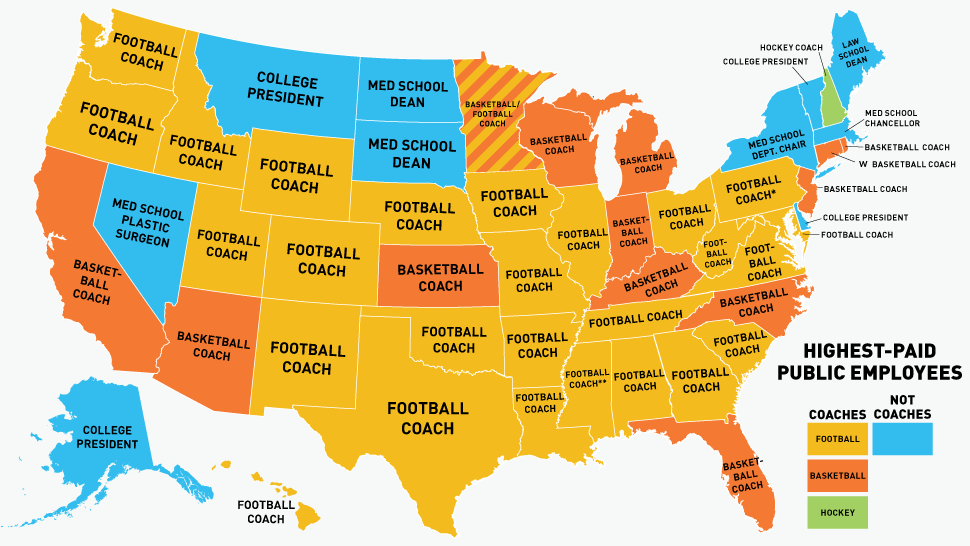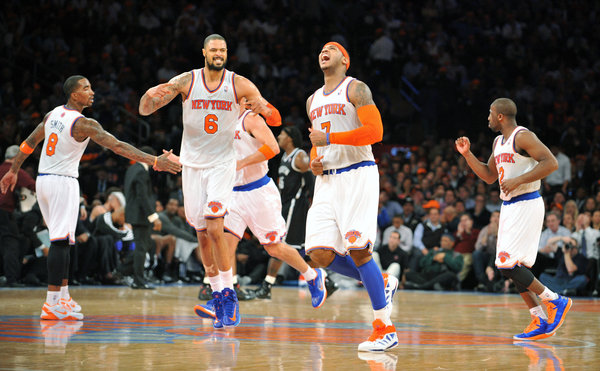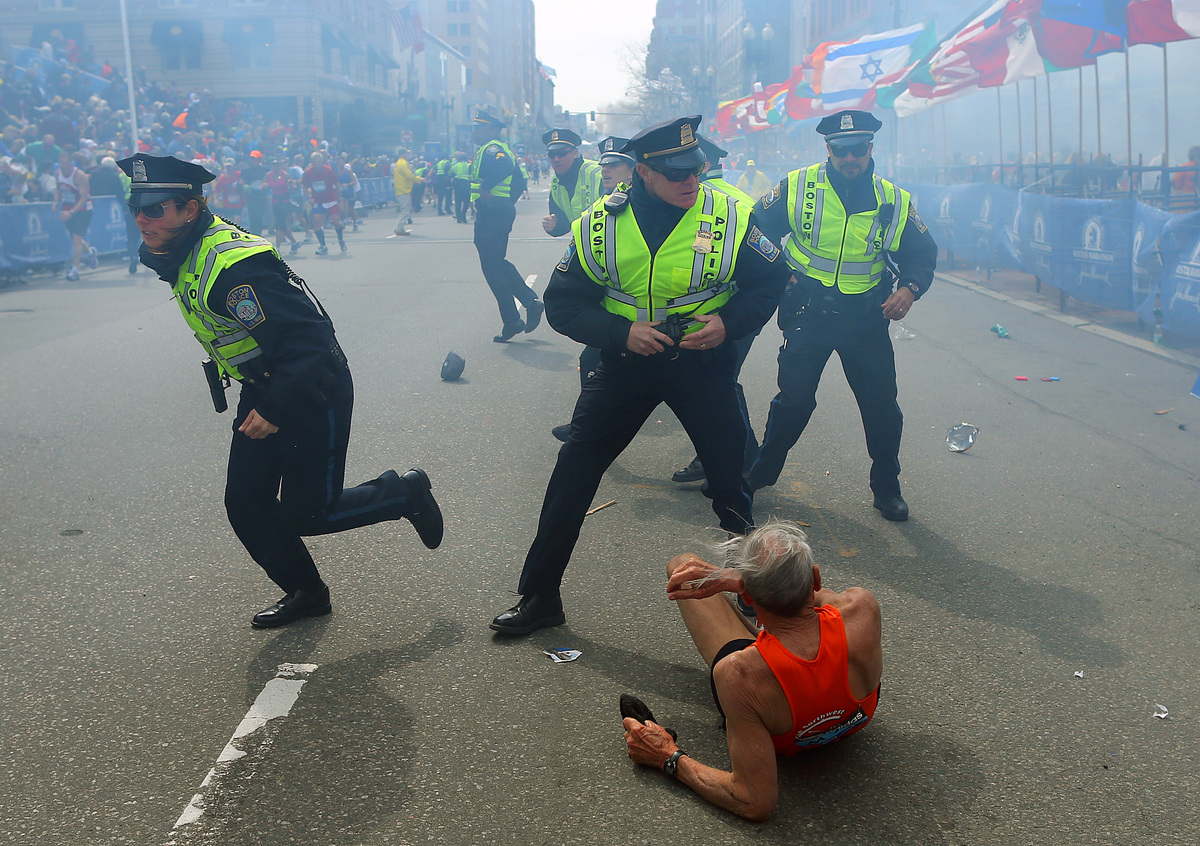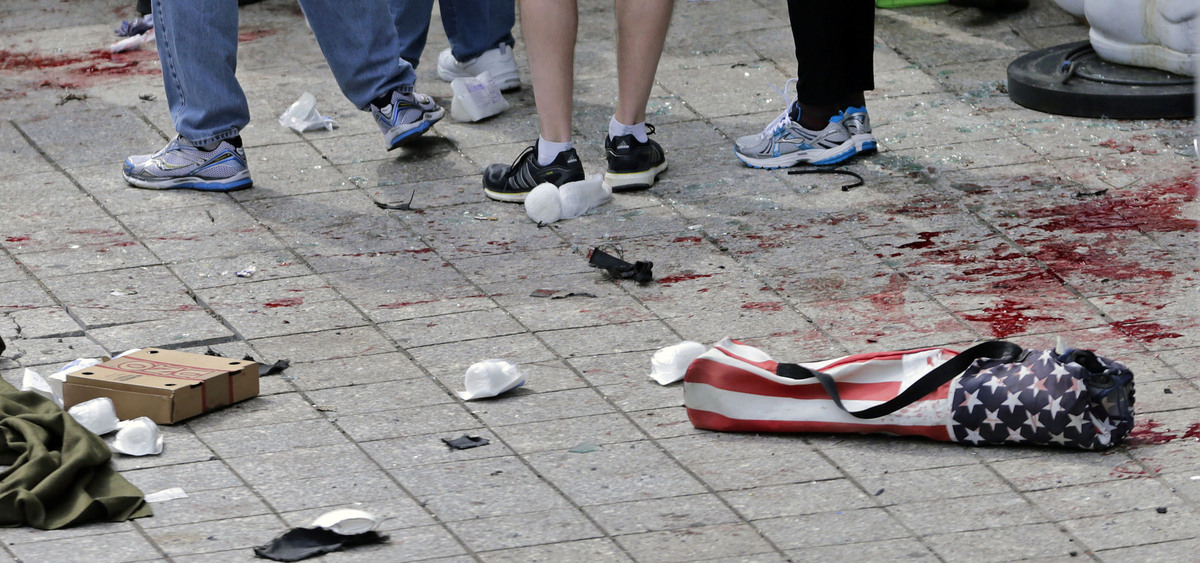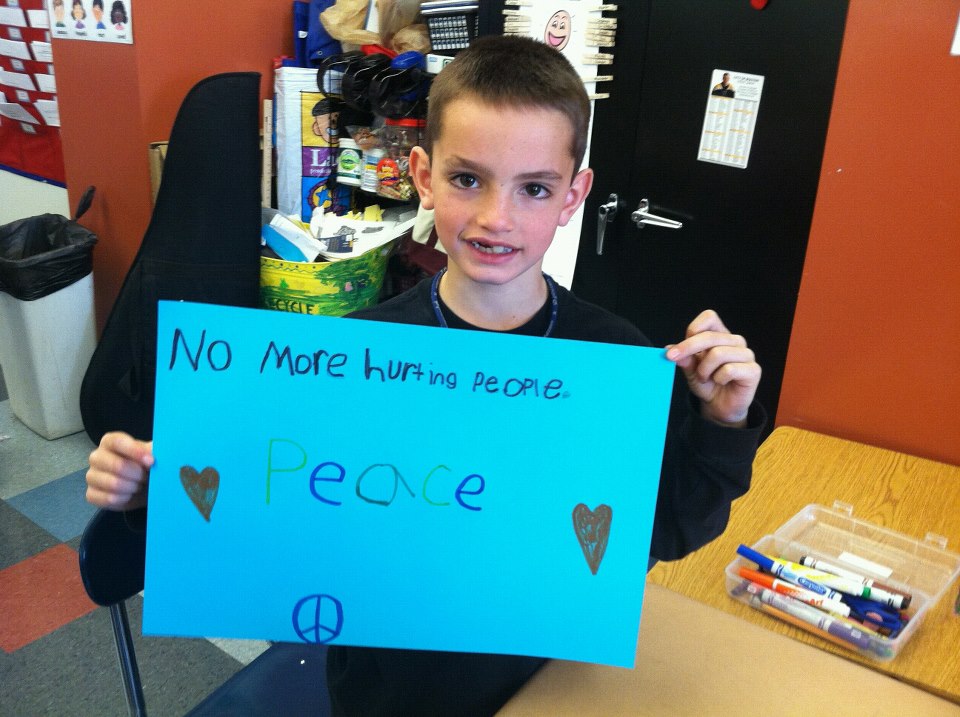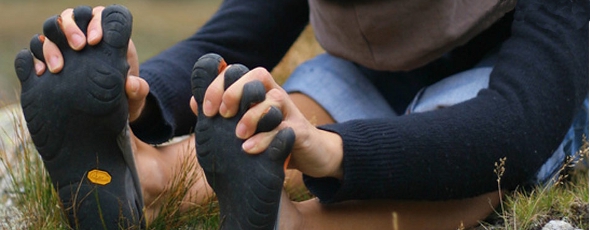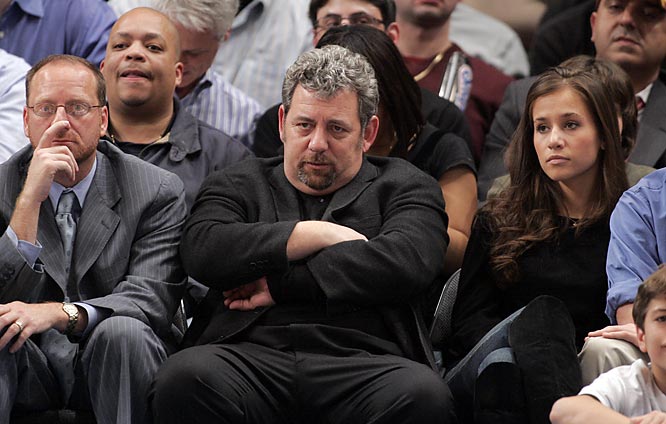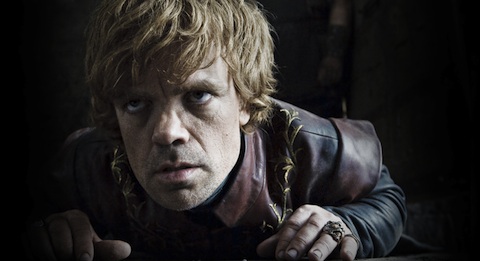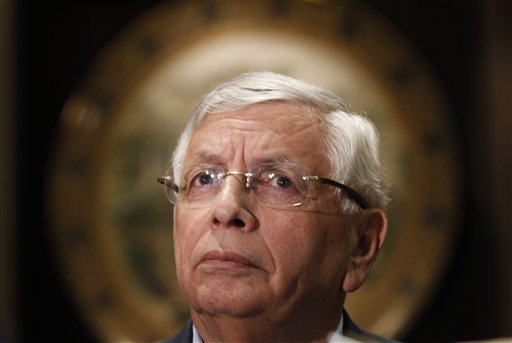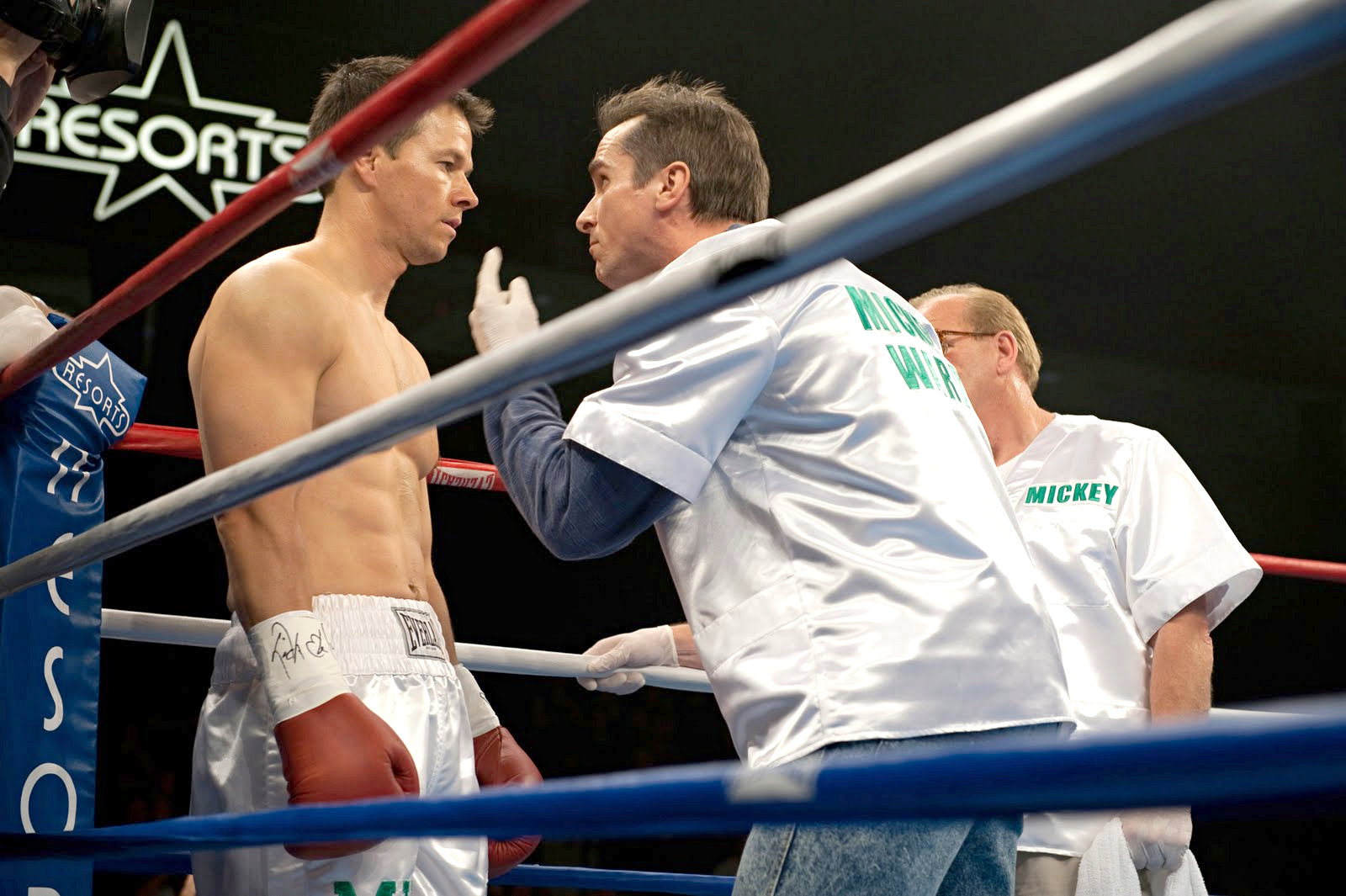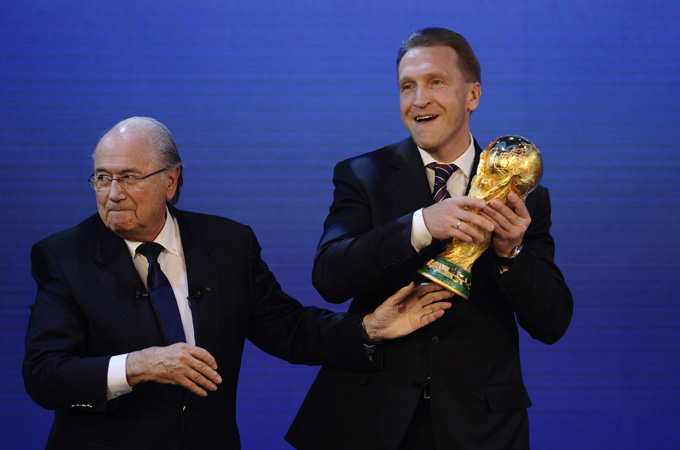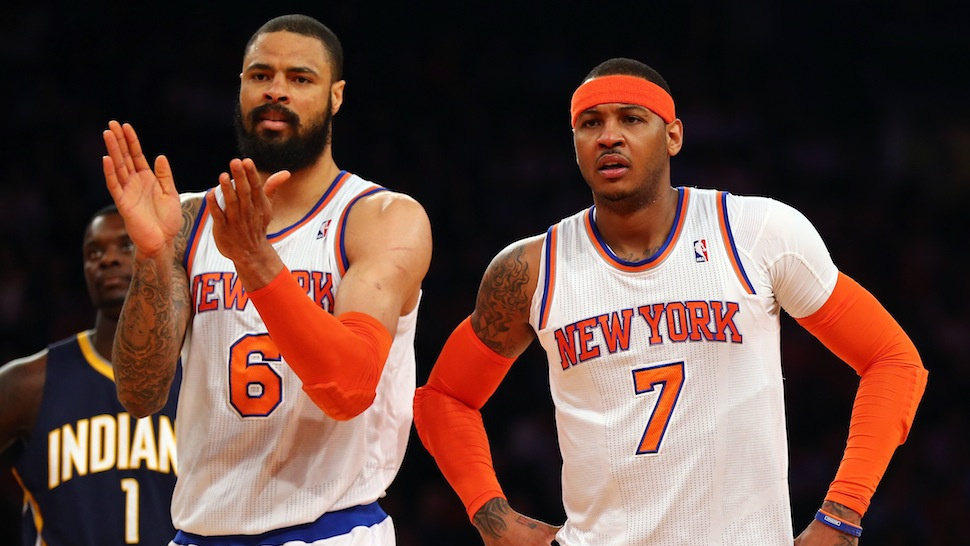
Well, we went out earlier than hoped, but I still feel pretty good about this season. For one, even though we had at least two key players — J.R. Smith and Jason Kidd — go ice-cold this series, the Knicks still contended against a big, physical team that may well give the Heat serious problems. (It likely didn’t help that both Melo and JR played hurt.)
For another, I like Mike Woodson as a coach, but his decision-making in this series was…not good. Chris Copeland should have gotten more run — a 3-shooting big man is exactly what was needed to offset the Hibbert factor — and Smith, Kidd, and Amare should all have been benched earlier on. Similarly, I know Steve Novak is a defensive liability, but he should’ve gotten a few of those minutes too. If he gets hot and makes a few threes, it spreads the floor, forces the Pacers to guard the perimeter, and allows Felton, Melo et al to penetrate. It was worth a try, given that JR was throwing up more bricks than the Stonecutters in the first few games.
In any case, Mike Vaccaro’s analogy of the Knicks being an 18 on a blackjack table is a pretty good one. The Knicks are a talented jump-shooting team, and, on the bright side, Iman Shumpert is clearly evolving into a high-impact player. But we need either a consistent second scorer or some sort of inside presence — preferably both — to really contend moving forward. Tyson Chandler is a defensive anchor, but his offense is all tip-ins and Felton alley-oops, and Marcus Camby, Kenyon Martin, and the recently departed Kurt Thomas are all aging in dog years at this point.
Which brings us back to the Amare question — Can he be the player he once was, while co-existing with Melo? — The spacing never looked right when they were both healthy on the floor the past two years. To be continued, next November.

